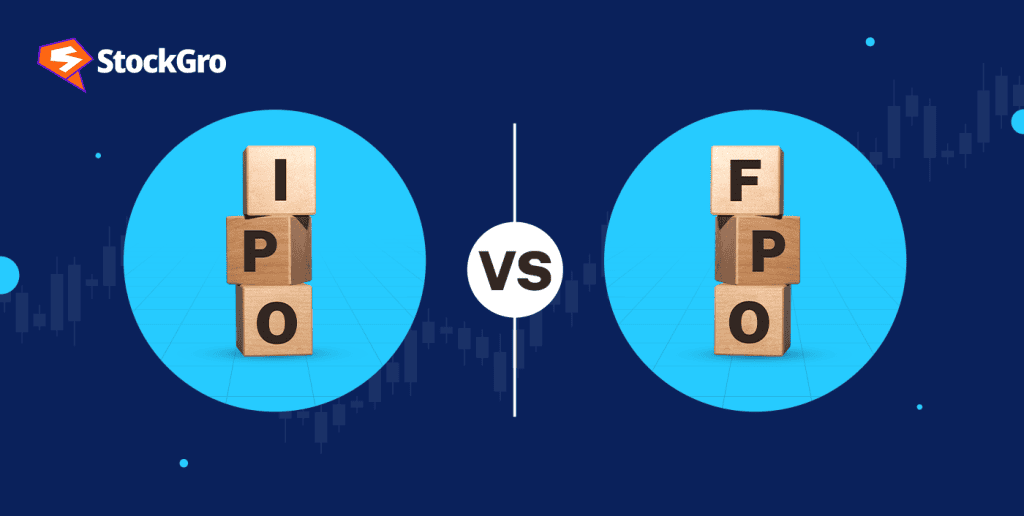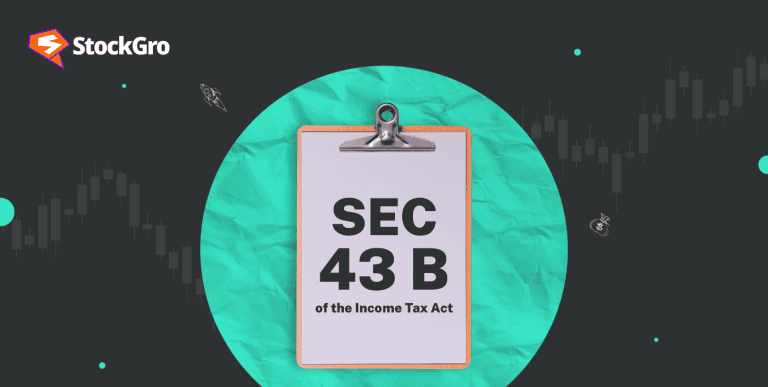
Stock market investing is gaining traction in the country due to its potential returns and market exposure. The current or Gen Z generation has a special inclination towards the market due to growing ease, promotions and exposure. However, in this process, understanding the nuances of this capital market becomes crucial.
It can help investors make informed discussions without blindly following the herd. One such crucial aspect is the difference between primary and secondary market structures. The former is usually an issue of new shares for the public, while the latter includes the shares traded in the market.
The primary market has mainly two types of issues: Initial and Follow-on Public Offers. They are abbreviated as IPO and FPO. Let’s discuss these issues in detail and find a solution for the debate of IPO vs FPO.
All about IPO
When a company has been operating in its field for a considerable period and has fulfilled the requirements of the regulator’s procedure, it can attract more capital by going public. The power of large mass capital can potentially help a company in expanding, diversifying or modifying its operations with better resources.
For raising capital from the public market through an Initial Public Offer or IPO, a firm needs to file the Draft Red Herring Prospectus (DRHP), including all the information regarding the business, its industry, financials, legal details, etc., as per format indicated by the Securities Exchange Board of India (SEBI). The issue may have two main parts – a fresh issue or an Offer For Sale (OFS)
Investors may require a specific amount for investing in the IPO based on the price band and number of shares per lot. This price band is decided after deriving a valuation of the company. Sometimes, investors get an opportunity to invest at a lower price in the IPO as post this procedure, the price may surge high.
Explore in detail: How to invest in IPO (initial public offerings)
FPO: What after IPO?
It is part of a primary market issue where an existing listed company offers new shares for the public to raise funds. Therefore, it is known as a Follow-on Public Offer or FPO. An entity may raise funds through this method for debt repayment or expansion and diversification. Usually, the FPO of companies with positive historical performance attracts a significant investor base.
Its procedure is similar to the IPO but requires to file separate offer documents stating the purpose, requirement, usage, etc., of the raised funds. Further, there are mainly three types of FPOs:
- At the market: The shares are issued at the current market price.
- Dilutive: The company issues fresh new shares to the public, which raises the total outstanding shares in the market to dilute the existing percentage of ownership.
- Non-Dilutive: The company issues shares of existing shareholders or promoters, which keeps the total outstanding shares the same.
Also read: Follow-on Public Offer (FPO): Definition and How It Works
The debate: IPO vs FPO
| Point of Difference | IPO | FPO |
| Meaning | It is the process of a private firm offering shares to a wider public and getting listed in the stock market. | It is the process of a listed company offering new or existing shares to the public for raising funds. |
| Main Document | Draft Red Herring Prospectus is the main document. | The General Information Document is the main document. |
| Offer Price | Here, the price band is pre-decided by the issuers, along with regulators, based on the market valuations. | It is issued at the current market price or at a discount on the market price (to attract investors). |
| Historical performance | The DRHP contains information on company financials, but share price movement is not known as the company is private up to the listing. | The company’s potential performance in the stock market can be tracked in its existing shares. Investors can get a better overview. |
| Risk factor | Higher risk due to new entry. | Lower risk due to previous existence in the market. |
Understanding the difference between IPO and FPO urges investors to select the better option based on their suitability.
Which one should I subscribe to between IPO vs FPO?
Both types of offers can be a potential investment opportunity for investors. However, these explanations can help investors select the suitable option between them:
- An investor with a relatively lower risk appetite may find FPO a suitable option as the information for the company’s stock market performance is readily available.
- If an investor has a higher risk appetite and a long-term approach to the investment, an IPO may be a suitable alternative for them.
- Moreover, investors forecasting a better price trajectory for a company’s stock may find an IPO an attractive opportunity.
Conclusion
Investing in the stock market demands attention to the market details, personal investment aspirations, risk nature, investment attitude, etc. IPO and FPO issue new shares to the public to raise funds, but their timing and nature differ. Therefore, understanding the distinction between them becomes important.
Dive deeper! Primary Market Issuances: How Companies Raise Capital
FAQs
There is no specific minimum investment threshold for the IPO investment. However, it is calculated by multiplying the minimum price of the price band with a lot size. It usually exceeds ₹10,000.
There are mainly three types of FPO based on the price and nature of shareholding. In the dilutive type, new shares are issued, which dilutes the existing shareholding %. Exactly the opposite to it the total shares remain same in non-dilutive FPO. In the at-the-market type, shares are issued at the current market price.
The markets transacting new shares through IPO or FPO are known as primary markets, and companies here are not listed. However, in the secondary market, the shares of listed companies are traded by the investors.
Risk and price factors can be a potential factor in deciding between the FPO and IPO. Investors with lower risk aptitude may prefer FPO over IPO. However, investors predicting the stock prices to rise after the listing may find an IPO to be a suitable opportunity for investment.
Usually, this issue is on the current market price of that company’s stock or it is issued at a discount. Due to this investors may prefer buying in the FPO rather than from the regular secondary market.

